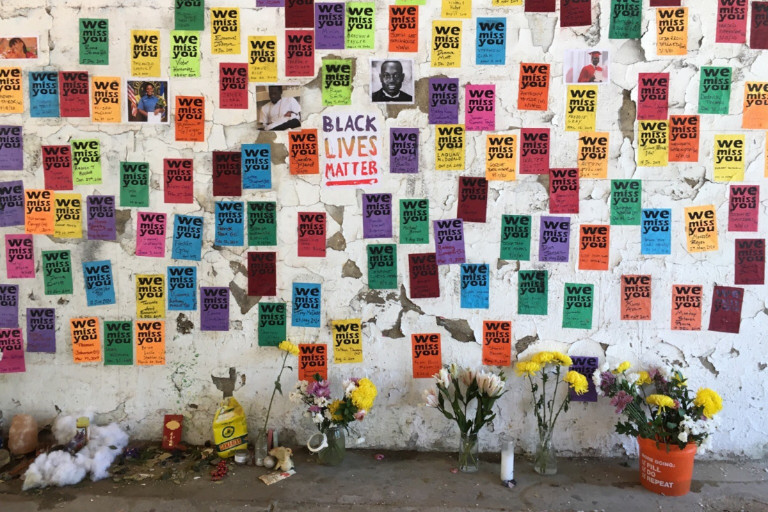Author: Jessie Bordignon
Next month will mark the anniversary of the initial COVID-19-related shutdowns that took place across the U.S. Pairing this with the publicized racial injustices that occurred last summer and the recent Jan. 6 insurrection, it is understandable that U.S. citizens are grappling with feelings of hopelessness. In fact, the American Psychological Association noted these compounding stressors have led to a nationwide mental health crisis, leaving a lasting impact on the country. So, what does one do with all this stress and hopelessness?
I want to be clear: it is most important to care for oneself before tackling the world’s problems. If all the above has left you feeling drained and overwhelmed, I would recommend taking time to address your needs. Seek out the support of friends and family through video calls, emails, and letters. Take time for self-care (e.g., meditate, give an hour or two to your hobbies, or partake in activities you genuinely enjoy.) Above all, be gentle with yourself. There is no set timeline for feeling okay.
However, if you are ready for action, I have suggestions to alleviate those feelings of hopelessness. This emotion is rooted in the lack of control one has over the hardships they are facing. I would urge you – rather than focusing on what is out of your control, consider what you can do to change the world around you.
- Sign online petitions – Some may argue real change does not come from petitions, but I would disagree. I believe petitions help raise awareness about causes and encourage people to act after they are informed. My recommendation would be to not only sign these but to share them with your social networks and friends. Here are some great sites to find petitions: MoveOn.org, Color of Change, and Change.org.
- Donate to causes – I believe the true next step to raising awareness is to fund change. (Of course, only donate if you are financially stable enough to do so.) Before donating, always research where you are giving money to. I recommend using tools like GuideStar and CharityWatch to determine if your charity of choice will genuinely support your cause.
- Contact legislators – I would assert this step is the most important in creating change and often considered the most intimidating. I feel many folks are unsure how to reach out to their representatives in the first place. Start by recognizing who your legislators are. You can find them using My Reps. Before reaching out, decide on the cause you want to bring to their attention and present a solution. For example, I reached out to my representatives last year about supporting local restaurants during COVID-19. I outlined the concern, expressed its importance to me as a constituent, and suggested passing legislation for restaurant relief in the wake of COVID-19.
There may not be an immediate solution for the hopelessness plaguing the hearts of many Americans, but as individuals, we can take steps to alleviate it a little at a time.









